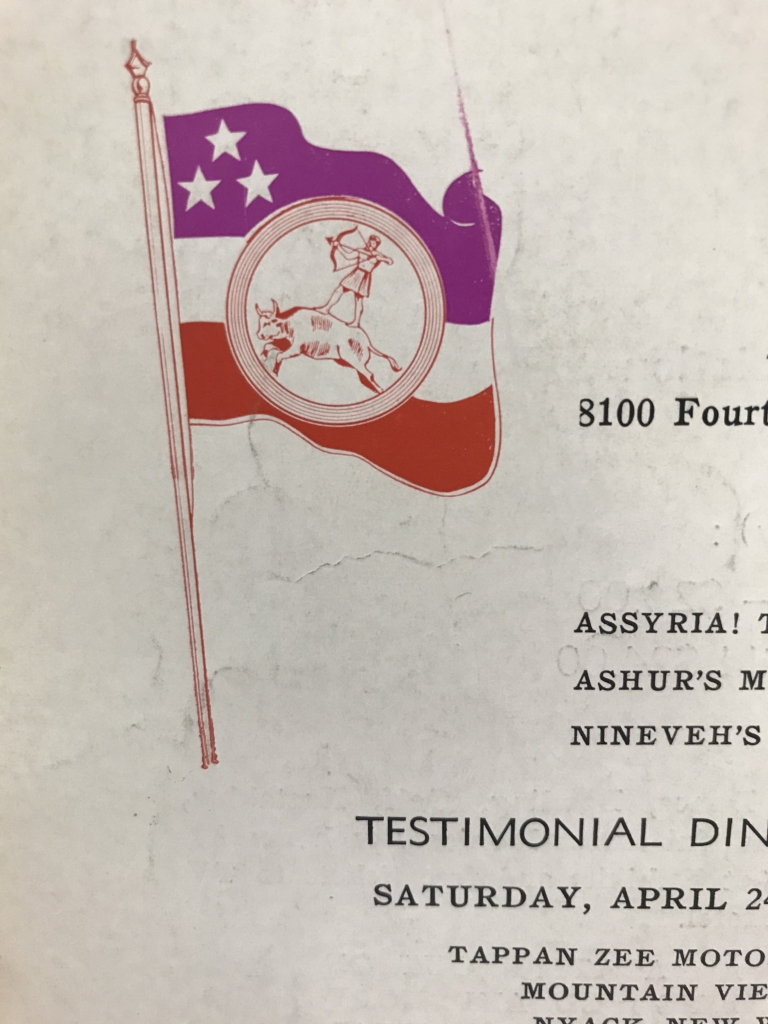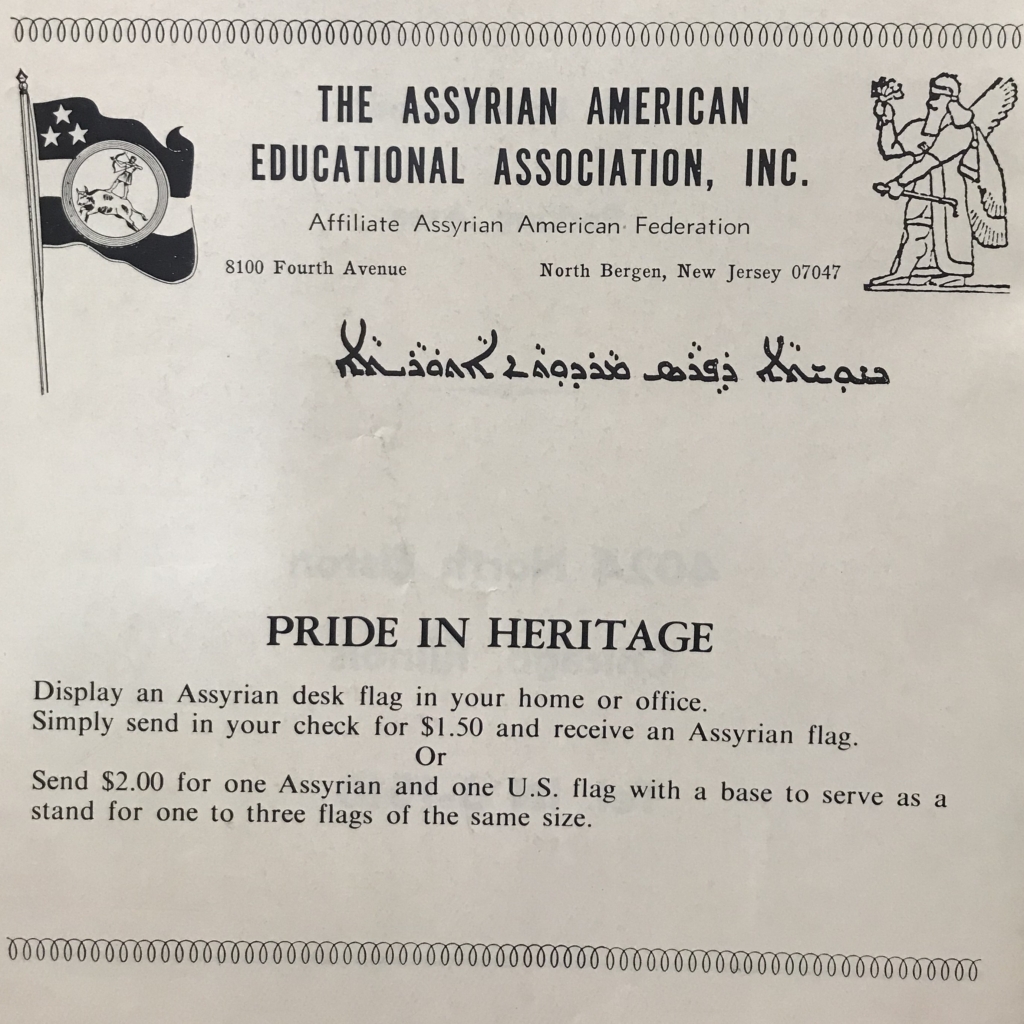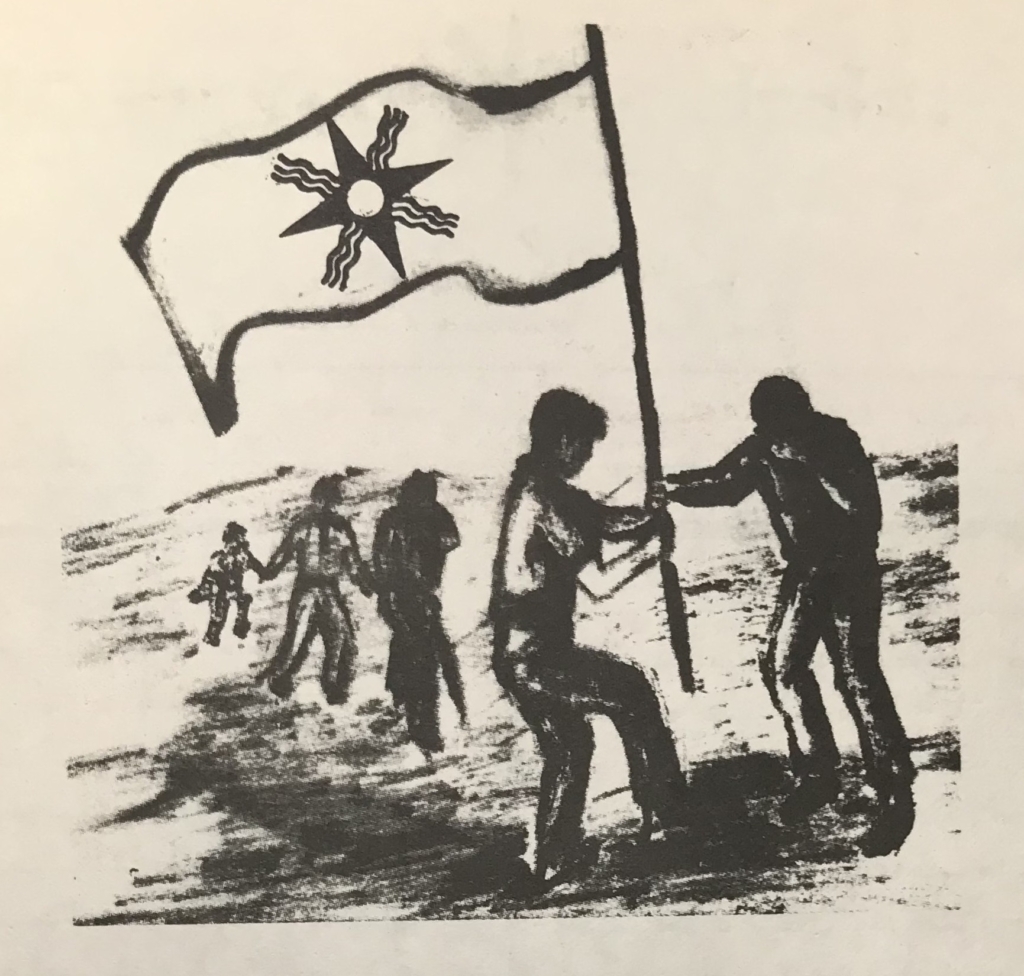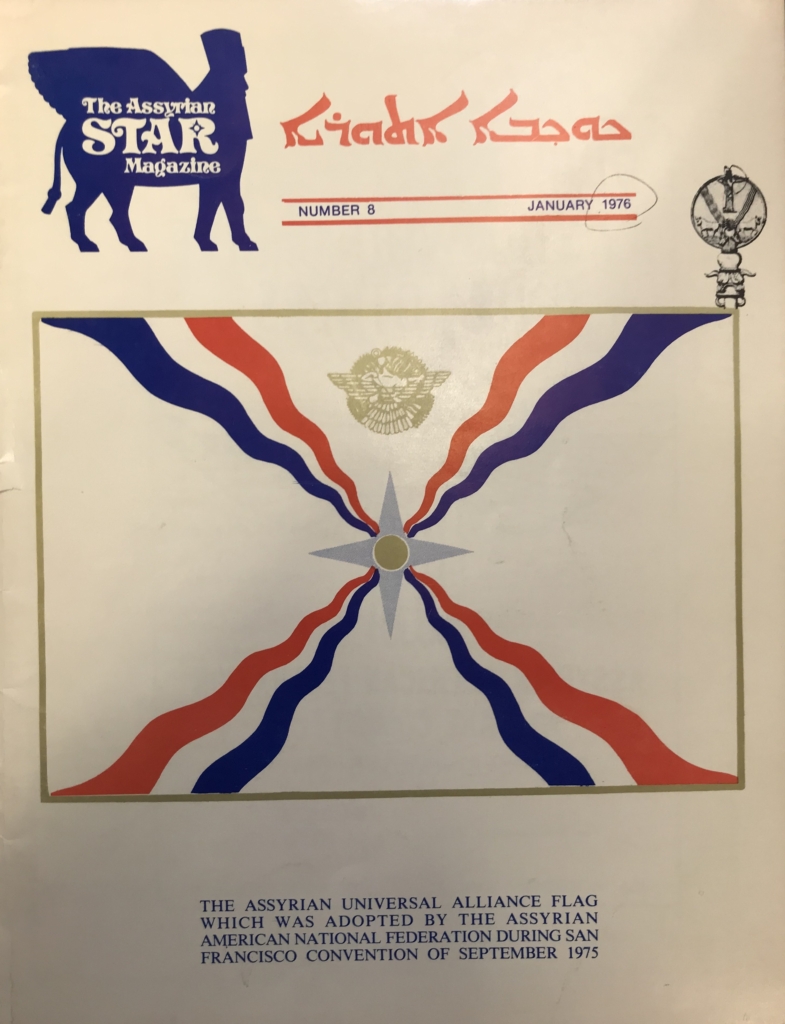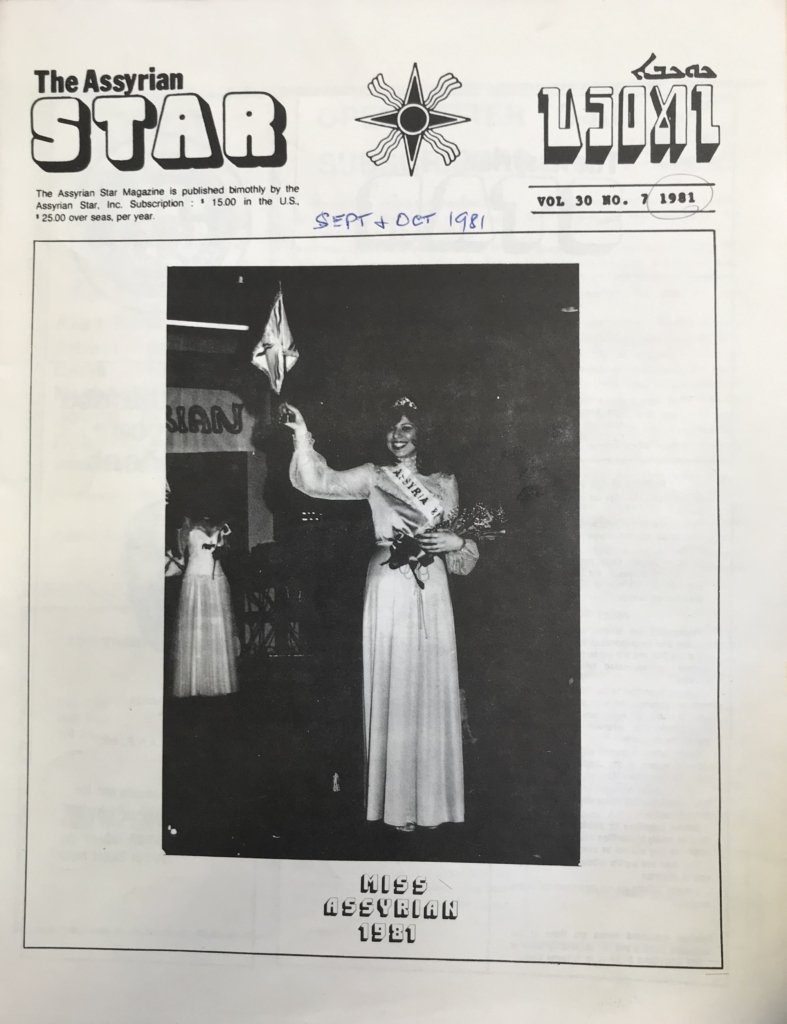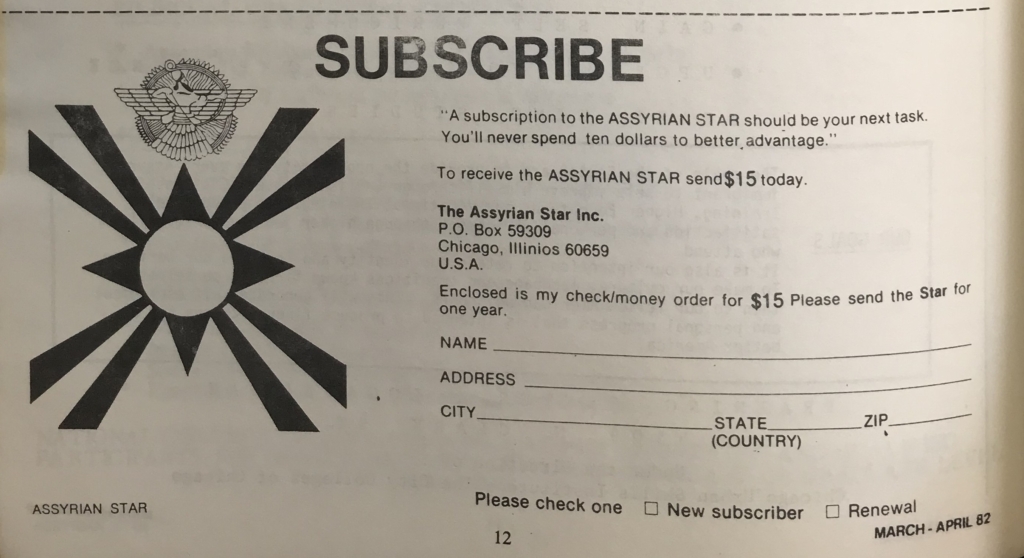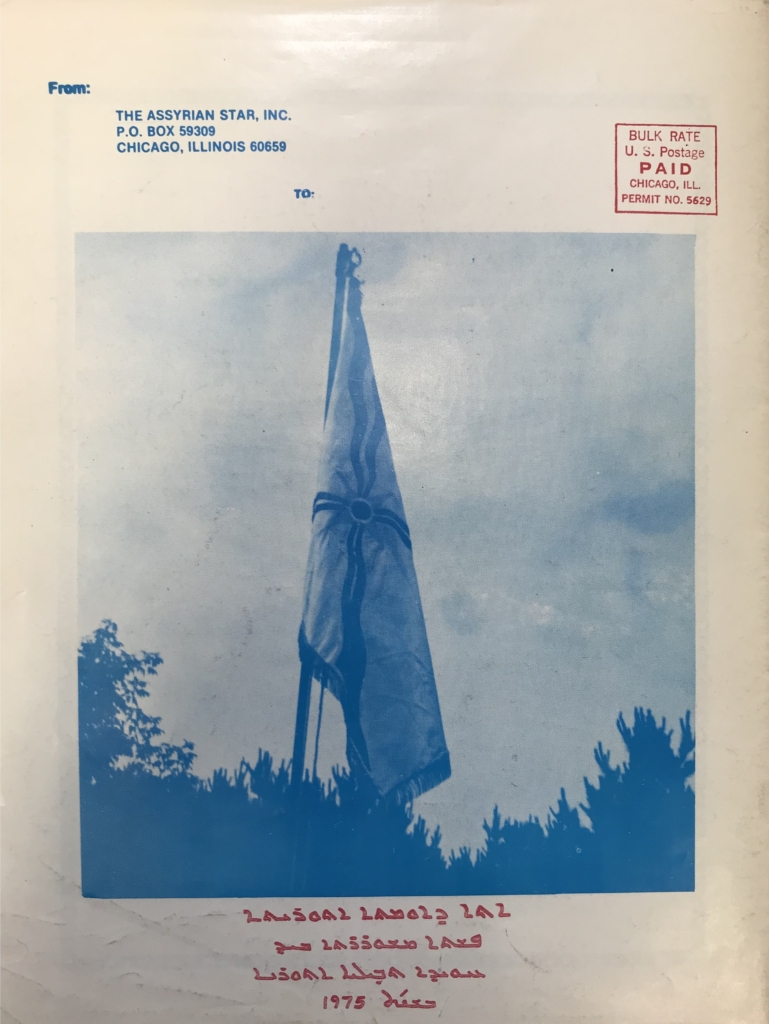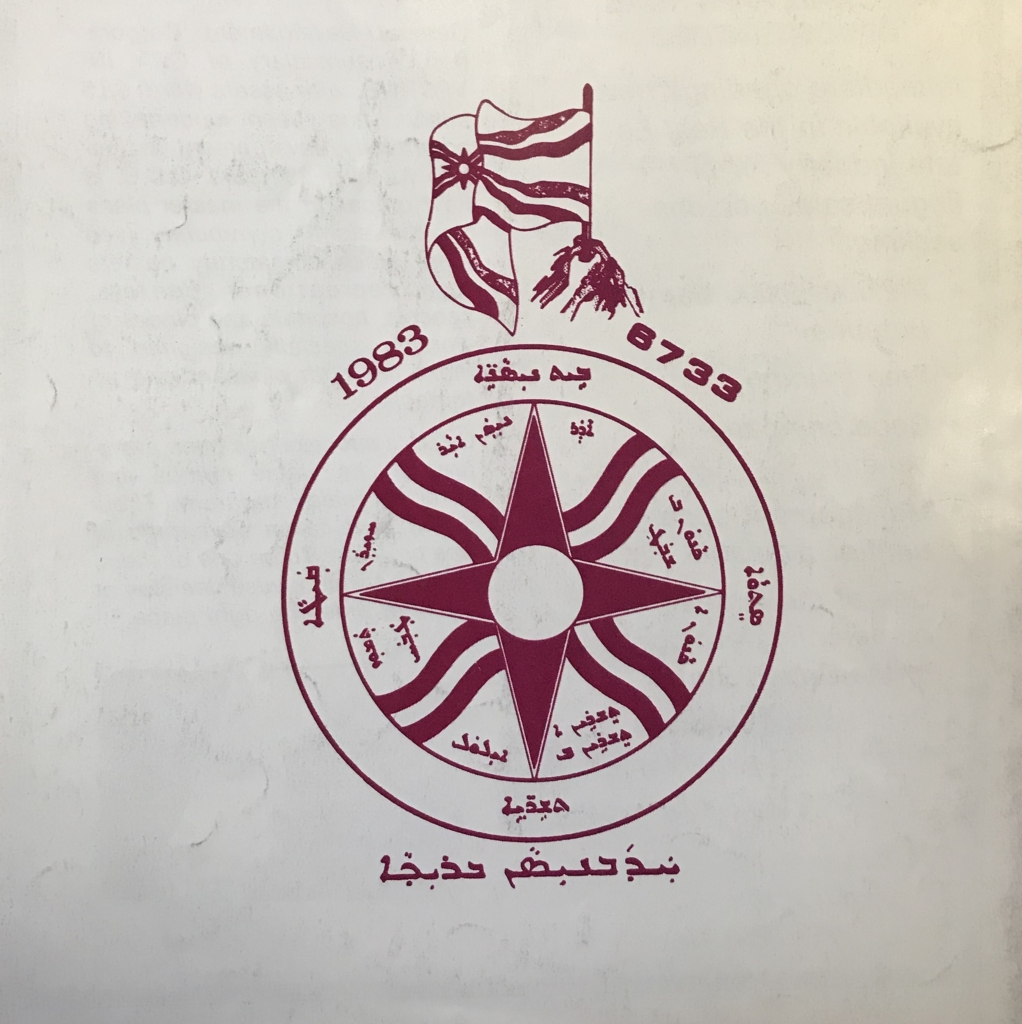Agha Petros
Date: February 23, 2023

Petros Elia was born in Baz, Hakkari in April 1880, during the reign of the Ottoman empire. He went to school in Hakkari, then later traveled to Urmia, Iran, where he received a Catholic missionary education.

After he finished school, he began teaching in his hometown of Baz. Then, he became an assistant in the Ottoman Empire, and later an ambassador in Iran for the Ottoman consulate, as a result of his fluency in various languages. According to Solomon Solomon, “While serving in his new position, he used his influence to help the Christian population of the area to a degree that the Pope sent him a medal as a token of gratitude.”

When World War I began, Petros Elia resigned from his job to join the war effort. Following Russia’s invasion of Iran, Petros Elia was appointed as a general during World War I and started being referred to as Agha Petros. At this time, the Allies (Great Britain, France, Russia, etc.) gave him command over the left-wing of the Assyrian army.

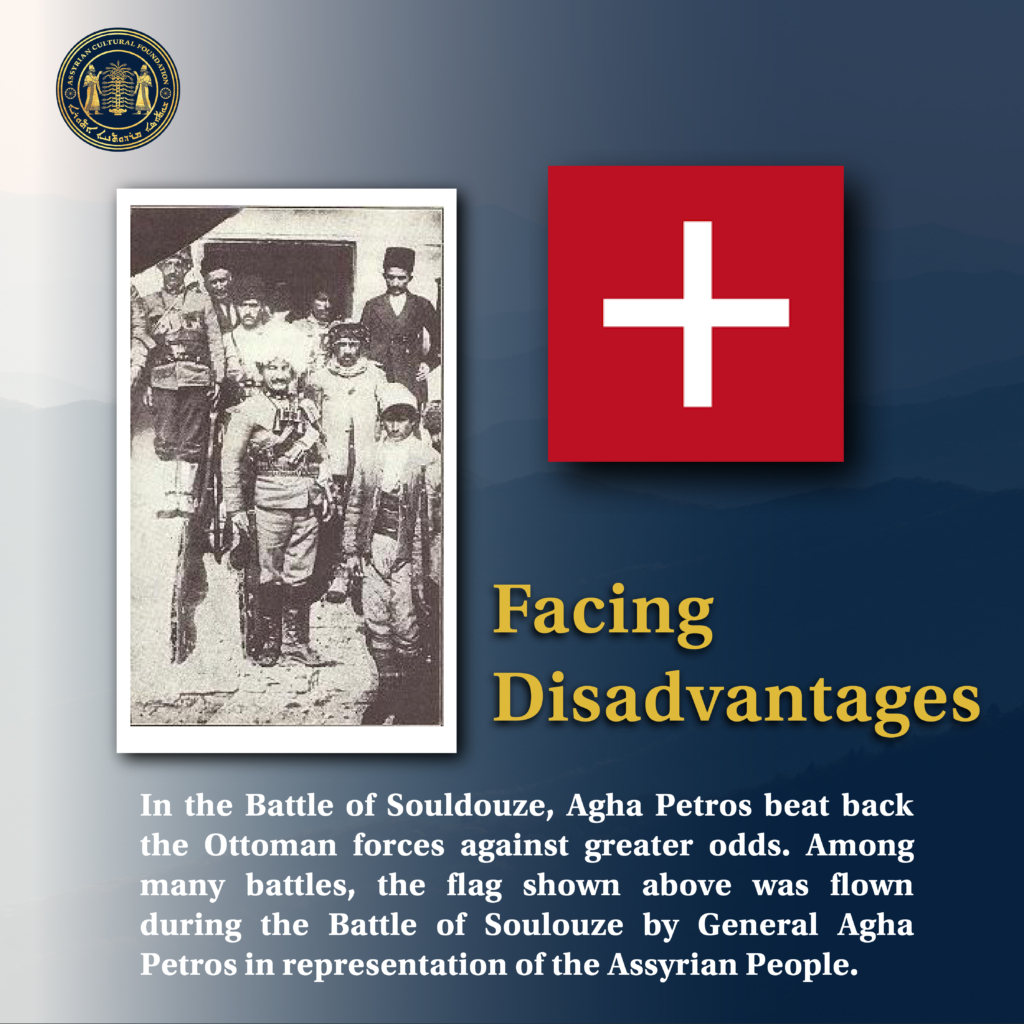
Throughout the war, Agha Petros led successful campaigns against the Ottomans and Kurds, most notably, the Battle of Souldouze. At Souldouze, Agha Petros beat back the Ottoman force against greater odds. Moreover, Agha Petros defeated the Ottomans in Sauj Bulak and drove them out, as well as the Ottoman and Kurdish forces in Mosul. All things considered, it’s accomplishments, such as these, which earned him the title of being Assyria’s greatest military hero.
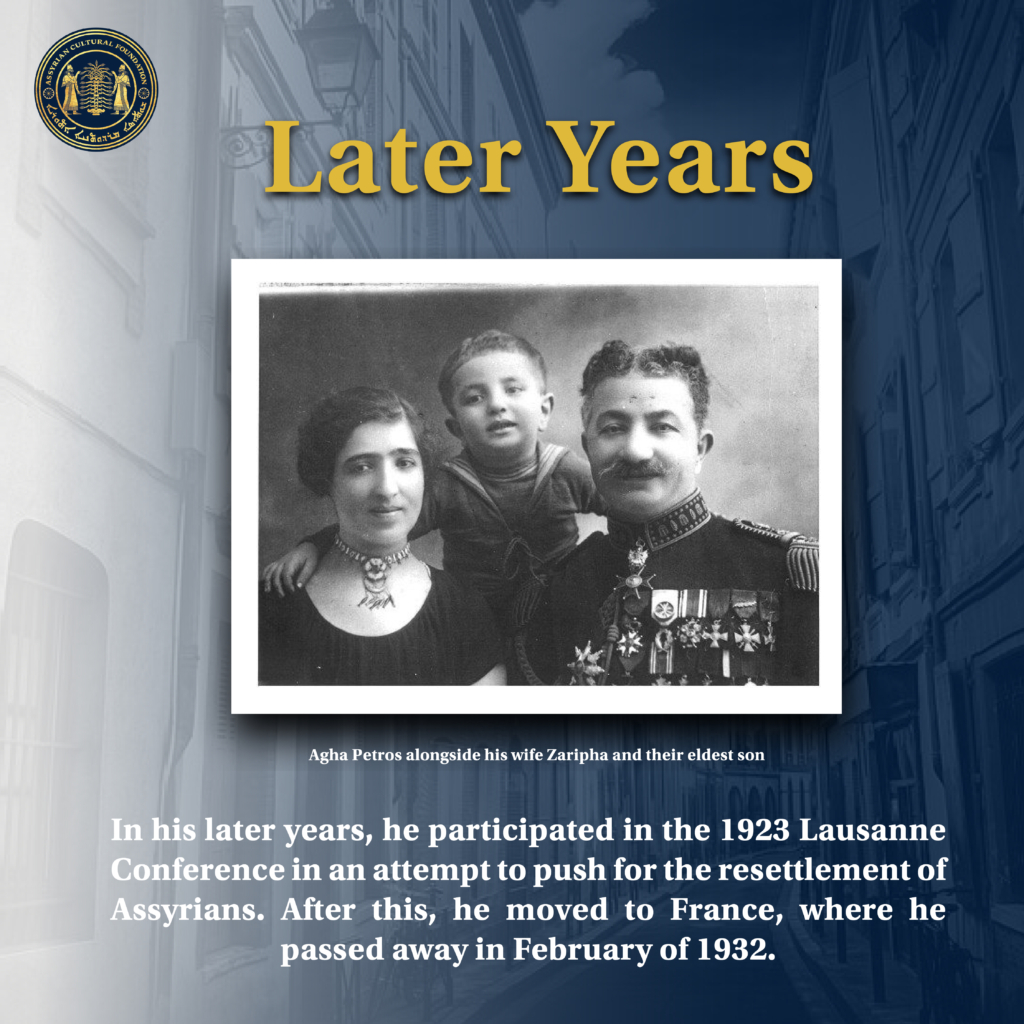
In his later years, he participated in the 1923 Lausanne Conference in an attempt to resettle Assyrians. Years later, he moved to France, where he passed away in February, 1932 at the age of 52.
Published by: Brian Banyamin
Written by: Sarah Gawo
Bibliography
“Agha Petros.” Wikipedia, Wikimedia Foundation, 20 Nov. 2022,
https://en.wikipedia.org/wiki/Agha_Petros#:~:text=Petros%20also%20defeated%20the%
20Ottomans,quite%20a%20few%20of%20them.
Donef, Racho. 1923: Agha Petros and the Lausanne Telegraphs, 29 Sept. 2003,
http://www.atour.com/history/1900/20030929a.html.
Naayem, Joseph. Shall This Nation Die? Lulu Press, 2005.
Shihale, Joe. “Genaral Agha Patrus .” Agha Putrus,
https://www.betnahrain.net/Biographies/agha.htm.
Solomon, Solomon S. Prominent Assyrians. [Publisher Not Identified], 1991.



